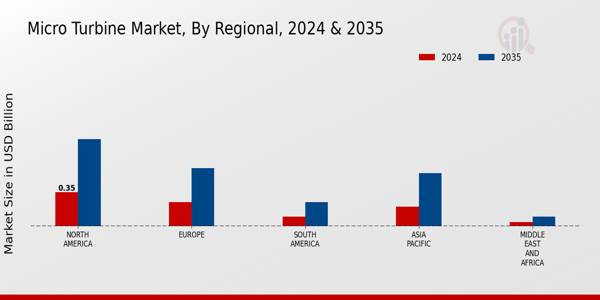The Micro Turbine Market is rapidly evolving, marked by increasing competitive dynamics and innovation driven by a broad spectrum of players.
As industries and municipalities search for reliable and sustainable energy solutions, micro turbines have emerged as a viable alternative that meets the demand for efficient, clean power generation.
This shift towards decentralization and renewable energy sources has stimulated the market, encouraging entities to invest in research and development while enhancing their product offerings.
Competitive strategies revolve around technological advancements, cost reduction, and the pursuit of expanding market outreach.
As the sector grows, companies strive to capitalize on emerging opportunities while facing challenges such as regulatory hurdles and the need for sustainable practices.
ClearEdge Power was a fuel-cell company headquartered in the United States that specialized in stationary on-site power systems with a capacity spanning from 5 kW to multiple megawatts.
Its flagship PureCell units provided pure, continuous electricity and heat for commercial, institutional, and residential applications, with a combined heat and power (CHP) efficiency of up to 90% and a power output of up to 400 kW.
In 2014, it filed for bankruptcy after eclipsing 1 million field hours, and Doosan Fuel Cell America acquired its assets.
Micro Turbine Technology BV is another significant player within the Micro Turbine Market, known for its commitment to developing cutting-edge micro turbine solutions that cater to a variety of applications.
The company offers a range of products focused on enhancing energy efficiency and reliability, which has contributed to its strong market presence across different sectors.
Key services include bespoke energy management systems that are designed to integrate seamlessly with existing infrastructures, thereby providing clients with sustainable energy alternatives.
Micro Turbine Technology BV's strengths lie in its innovative design, efficient performance, and the scalability of its technologies.
Recent mergers and acquisitions have fortified its market position, allowing the company to expand its capabilities and leverage synergies that enhance its product offerings.
Furthermore, the company's strategic initiatives and partnerships are pivotal in ensuring a significant foothold in the global arena, underscoring its dedication to evolving and leading within the micro turbine industry.
















Leave a Comment